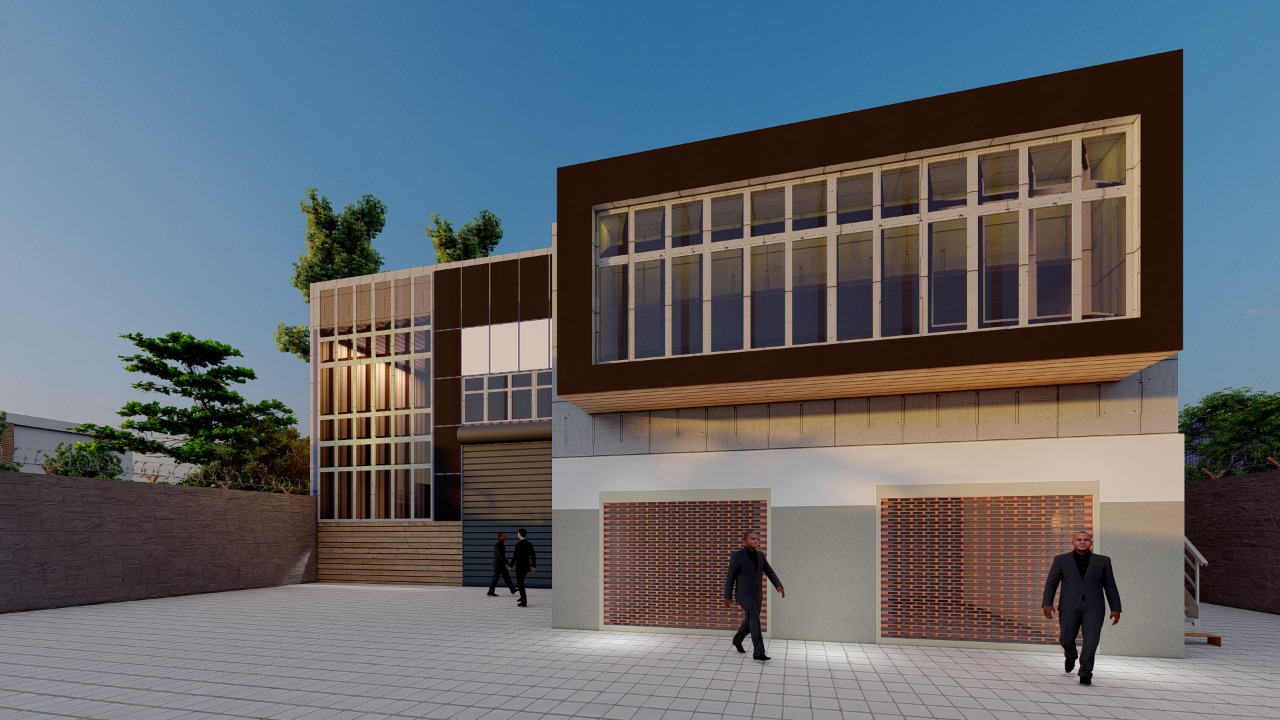Eco-Friendly Design Principles
Pune, known for its rich cultural heritage and rapid urbanization, is witnessing a surge in sustainable architectural practices. Architects and urban planners are increasingly incorporating eco-friendly design principles to minimize the environmental impact of construction projects. One notable aspect is the use of locally sourced materials, reducing the carbon footprint associated with transportation and manufacturing.
Integration of Renewable Energy Sources
One key aspect of sustainable architecture in Pune is the integration of renewable energy sources. Solar panels, in particular, have become a common sight on rooftops across the city. Architects are harnessing the abundant sunlight to generate clean energy, contributing not only to the reduction of carbon emissions but also to long-term cost savings for building owners.
Innovative Water Management Systems
Water scarcity is a pressing concern in many urban areas, and Pune is no exception. Sustainable architecture in the city focuses on innovative water management systems to optimize water usage and reduce wastage. Rainwater harvesting, greywater recycling, and the implementation of permeable surfaces are becoming standard practices, ensuring that buildings play a role in water conservation.
Energy-Efficient Buildings
As Pune continues to expand vertically and horizontally, the emphasis on energy-efficient buildings is paramount. Architects are integrating cutting-edge technologies and design strategies to create structures that consume less energy and contribute to a greener environment.
Passive Design Strategies
Passive design strategies play a crucial role in energy-efficient buildings. Architects in Pune are designing structures that maximize natural light and ventilation, reducing the reliance on artificial lighting and air conditioning. This not only conserves energy but also creates more comfortable and sustainable living and working spaces.
Green Roofs and Walls
Green roofs and walls are becoming increasingly popular in Pune's architectural landscape. These features not only enhance the aesthetic appeal of buildings but also provide insulation, reducing the need for heating and cooling. Moreover, they contribute to improved air quality and biodiversity within the urban environment.
Integration of Green Spaces within the Urban Environment
Creating a sustainable urban environment involves more than just energy-efficient buildings. It requires a thoughtful integration of green spaces to enhance the overall quality of life for residents.
Urban Parks and Green Belts
Pune is witnessing a conscious effort to create urban parks and green belts that serve as lungs for the city. These spaces not only provide recreational areas for residents but also contribute to biodiversity conservation and the overall well-being of the urban population.
Vertical Gardens in High-Rise Structures
In high-rise structures where horizontal space is limited, architects are turning to vertical gardens. These innovative green installations not only add a touch of nature to the concrete jungle but also contribute to improved air quality and insulation, making high-rises more sustainable and harmonious with the environment.
Community Gardens and Urban Farming Initiatives
Community gardens and urban farming initiatives are gaining traction in Pune. These projects not only promote sustainability but also foster a sense of community and local food production. Rooftop gardens and communal green spaces are transforming the urban landscape into a more vibrant and ecologically conscious one.
In conclusion, embracing sustainable building at Arcade Infra is more than a temporary fad; it is a need for Pune's future. The use of ecologically sensitive design ideas, the construction of energy-efficient structures, and the introduction of lush green spaces into the urban landscape all reflect a strong commitment to creating a more sustainable and enjoyable city. As Pune grows and transforms, these sustainable practices will play an important role in determining its urban growth and development, providing a lasting legacy for future generations to enjoy and profit from.



